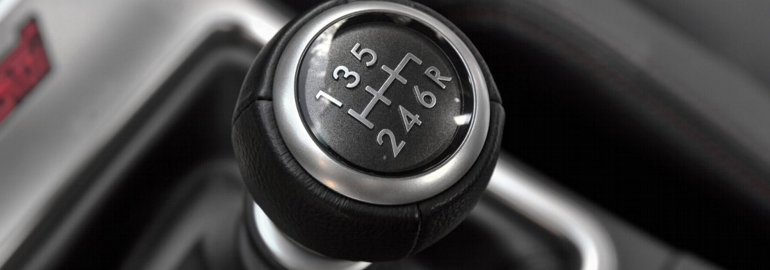Transmission and Clutch Service – Greensboro, NC
Transmission service for car owners in …..
Your car’s transmission is one of the most important parts of your car. Without a transmission, the power created by the engine could not reach the drive wheels. Basically, your car wouldn’t move.
The transmission is what transfers the engine’s power to the wheels. By transferring the engine’s power to the wheels, your car can move.
On today’s vehicles, there are two types of transmissions – automatic transmissions or manual transmissions.
For a vehicle with manual transmission, you’ll start in first gear, gain some speed, then shift to second gear and build some more speed etc. The gear selection is done ‘manually’.
With an automatic transmission, the process is identical. The gears are changed with the assistance of a ‘torque converter’, which automates this acceleration and gearing process.
Automatic transmissions are mechanically more complicated, but they are popular as the transmission shifts gears automatically.
With a manual transmission, it’s up to the drive to shift gears as driving conditions and speeds change.
In recent years, other types of transmissions are being used in some applications; The dual clutch transmission utilizes computer controls for most of it’s operations.
The continuously variable transmission (CVT) does away with individual gears altogether, and electric cars, technically speaking, don’t have a transmission at all. They utilize a single fixed ratio to transmit power to the wheels.
Here’s the most common terms you should know about transmissions:
Gear: A gear is a toothed wheel. Your car’s transmission gears work together to control the speed of the wheels in relation to the speed of the engine.
When speaking of ‘gears’, the term describes the different gears that can be selected. In that case, the gear is really a ratio of the gears.
Gear Ratio: It’s the ratio at which different gears on the input and output shaft rotate
Clutch: It’s the mechanism used by the transmission for connecting and disconnecting a vehicle’s engine from its transmission system
Transmission: The complete mechanical assembly that transmits power from a vehicle’s engine (or motor) to its wheels
Shift Lever: The shift lever is a control lever which the driver uses to manage the current gear (or gear range) of a vehicle’s transmission
Transmission Fluid:
The transmission fluid provides the proper lubrication for the gears inside your transmission but also enables cooling. The fluid basically helps to transmit the force and pressure from the engine to the drive wheels of your car.
Transmission fluid deteriorates and gets dirty and contaminated. Dirty transmission fluid can lead to problems such as loss of acceleration, difficulties in gear shifting, and total transmission failure.
How do Transmissions Work?
MANUAL TRANSMISSION: The manual transmission is really a set of gears that are assembled on a pair of shafts; the input shaft and output shaft.
With the engine connected to the transmission, as it turns, the gears on the input shaft engage with the gears on the output shaft. Depending on the ‘gear’ selected on the input shaft and the gear that’s engaged, the output shaft determines the overall gear ratio of that ‘gear’.
With a manual transmission, to engage a gear, the driver pushes in the clutch pedal, disconnecting the engine from the input shaft of the transmission. This frees the gears on the input shaft to move.
With the clutch having disconnected the power from the engine to the transmission, the driver selects the appropriate gear (i.e. first, third, reverse) and then releases the clutch.
That allow the gears to re-engage, moving the engine power to the input shaft and propelling the car with the selected gear ratio.
AUTOMATIC TRANSMISSION: An automatic transmission, essentially works the same way as a manual transmission does – except that the gear changes happen without the driver selecting gears.
Cars with automatic transmissions don’t have clutches. They rely on a ‘torque converter’ to engage and dis-engage the engine from the transmission.
What’s a Torque Converter?
The torque converter is part of the drive train on a car with an automatic transmission. Its function is to engage and disengage the engine from the transmission.

Automatic transmission service – Torque Converter is the component that transfers your car engine’s power to the transmission – and then to the wheels of your car
The function of a torque converter can be complicated to explain because it involves principles of fluid dynamics.
In simple terms, as the speed of the engine increases, more torque is transmitted through the transmission fluid – and through the turbines inside the torque converter.
When the engine is turning quickly, almost all of the engines power or torque is transmitted from the engine to the transmission through the torque converter.
Essentially, the torque converter handles the connection of the transmission’s input from the engine. The gears inside the transmission are free to do their work without the driver’s direct intervention.
Other visitors wanted to…
Book An AppointmentGet CouponsFind Us Fast Ask A MechanicSee Our Auto ServicesRead Customer Reviews


